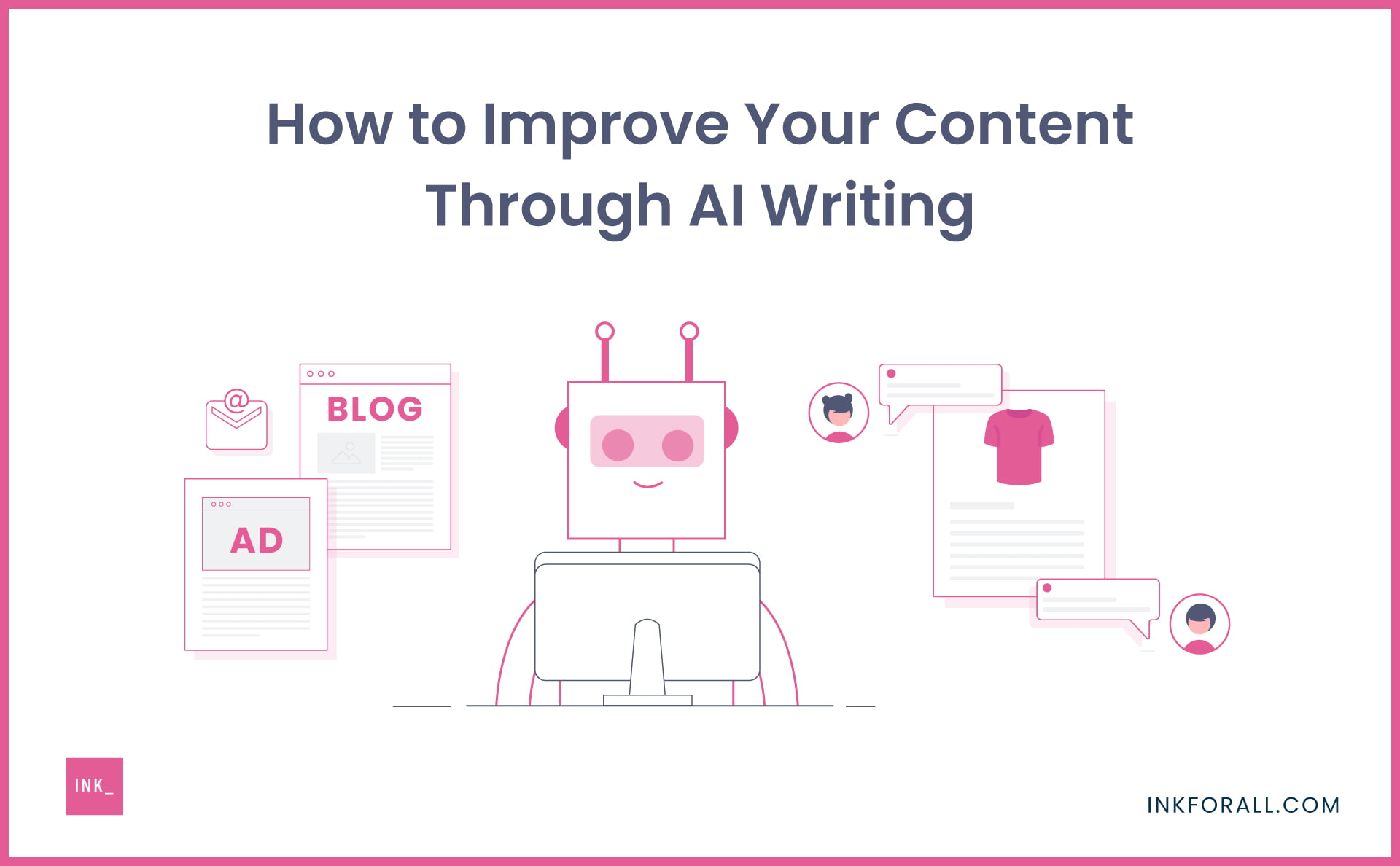 Microsoft and Nvidia have made significant advancements in AI integration and infrastructure, solidifying their position as leaders in the field. At the Nvidia GTC AI conference in San Jose, Microsoft unveiled new collaborations and partnerships that promise to push the boundaries of AI innovation.
Microsoft and Nvidia have made significant advancements in AI integration and infrastructure, solidifying their position as leaders in the field. At the Nvidia GTC AI conference in San Jose, Microsoft unveiled new collaborations and partnerships that promise to push the boundaries of AI innovation.
Nidhi Chappell, VP of Azure Generative AI and HPC Platform at Microsoft, emphasized the importance of partnerships in driving progress in the AI industry. Microsoft has worked closely with Nvidia to ensure that their Azure OpenAI service delivers high performance and reliability on a global scale. This enables enterprise customers to seamlessly integrate AI capabilities into their existing workflows or embark on new projects using Microsoft’s tools.
One of the major announcements at the conference was Microsoft’s use of the Nvidia G200 Grace Blackwell Superchip and Nvidia Quantum-X800 InfiniBand networking in Azure. These hardware innovations are designed to handle complex AI workloads and data processing, enabling faster and more efficient AI models. The Azure NC H100 v5 VM virtual machine series, based on the Nvidia H100 NVL platform, is now available to organizations of all sizes, providing mid-range training and inferencing capabilities.
The healthcare and life sciences industries have also benefited from the collaboration between Microsoft and Nvidia. By combining Microsoft Azure with Nvidia DGX Cloud and the Nvidia Clara suite of microservices, healthcare providers, pharmaceutical companies, and medical device developers can accelerate innovation in clinical research, drug discovery, and patient care. Organizations such as Sanofi, the Broad Institute of MIT and Harvard, and academic medical centers are already leveraging cloud computing and AI to drive transformative changes in healthcare.
Industrial digital twins are gaining traction with the integration of Nvidia Omniverse Cloud APIs on Microsoft Azure. Developers can now incorporate Omniverse technologies into their design and automation software applications, allowing for real-time data visualization and insights. Factory operators, for example, can overlay real-time factory data on a 3D digital twin to optimize production processes.
Microsoft is also enhancing real-time contextualized intelligence with Copilot for Microsoft 365. This feature, soon available as a dedicated physical keyboard key on Windows 11 PCs, combines large language models with proprietary enterprise data to provide users with AI-powered predictions that enhance creativity, productivity, and skills.
Nvidia NIM inference microservices and the Nvidia AI Enterprise software platform enable optimized inference on popular foundation models. These cloud-native microservices deliver prebuilt containers powered by Nvidia AI Enterprise inference software, helping developers accelerate the deployment of AI applications.
Furthermore, Microsoft and Nvidia are deepening their integration of Microsoft Fabric and Nvidia DGX Cloud compute. By combining Nvidia’s optimized runtimes and machine learning with Microsoft Fabric’s data storage capabilities, developers can leverage data-intensive use cases such as digital twins and weather forecasting.
Overall, Microsoft and Nvidia’s collaborations showcased at the Nvidia GTC AI conference demonstrate the companies’ commitment to pushing the boundaries of AI innovation. With advancements in AI infrastructure, breakthroughs in healthcare and life sciences, and the integration of AI into various industries, Microsoft and Nvidia are driving transformative changes and democratizing AI for organizations of all sizes.

